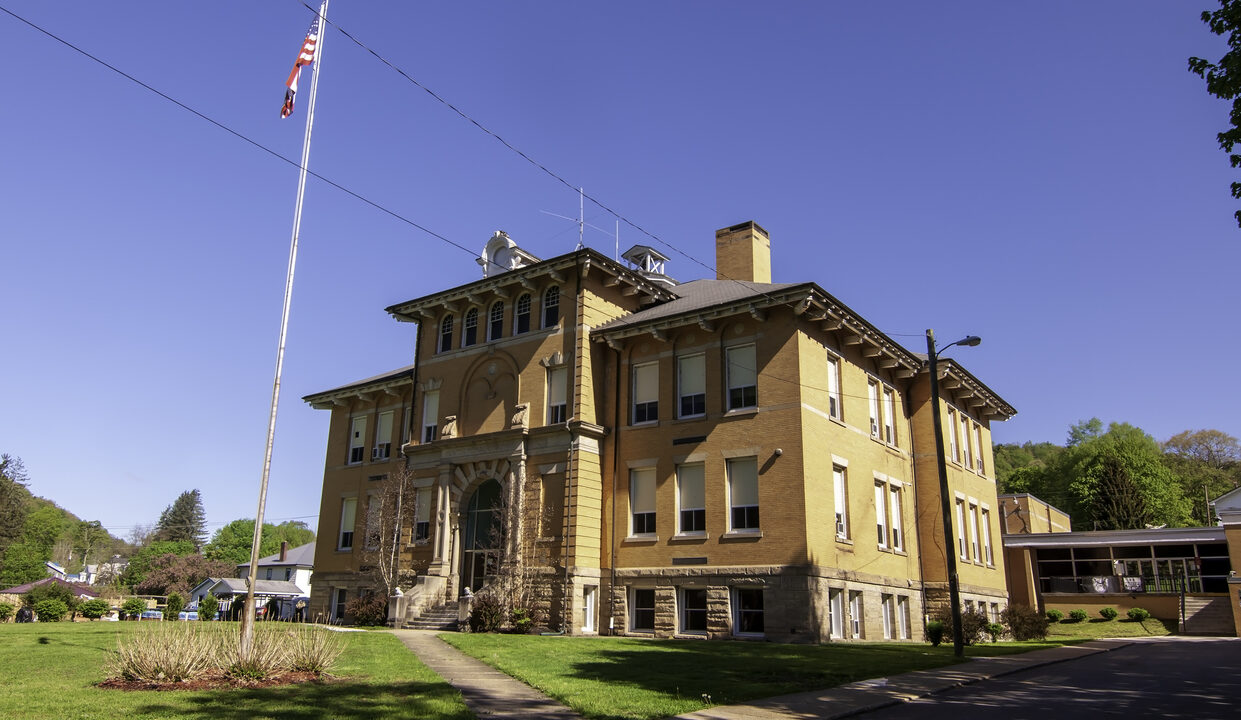Fact Sheet

Education Landscape in PA
Overview
- There are approximately 1.9 million school-age children in Pennsylvania. Around 75% attend their assigned district school. Nearly 9% attend a charter school and close to 12% attend a private school. About 3% attend career and technical schools, while almost 2% were homeschooled as of 2020, but census surveys indicate that number may have grown considerably.
- Pennsylvania is a big spender when it comes to education, ranking 5th in total public-school funding and 8th in total per-pupil funding.
- Pennsylvania was recently ranked 16th in terms of education freedom. Families have access to tax credit scholarships and charter schools if they want an option other than their assigned district school. But limits to these options mean each year tens of thousands of kids are stuck in schools that don’t work for them.
Education Funding
- State-level funding to public education has consistently increased for decades while enrollment continues to decline. Even when accounting for inflation, education funding has gone up 68% since 1990 and 28.8% since 2012.
- Pennsylvania schools receive more than $19,000 per pupil—ranking us 7th in the nation as of 2018-19. Pennsylvania ranks 4th in total public school funding, 7th in total per-pupil funding, 7th in total state funding, and 24th in per-pupil state funding.
What Parents Wnat
- Polling conducted in February 2020—just before the pandemic—indicated a tremendous mismatch between what type of school children attend and what their parents would prefer.
- This mismatch helps show why education funding should follow students rather than be locked into a particular system. Even the “best” school won’t work for every child who happens to live within a certain radius of it. Wealthy families already have options for their children. School choice policies help ensure all children—regardless of zip code, income, or race—have similar options.
Tax Credit Scholarships
- With tax credit scholarships, businesses and individuals receive a tax credit for donations to scholarship organizations, which then provide scholarships for children to attend a participating public or private school. (As far as I know, no public schools participate.)
- The tax credit is worth 75% for a one-year commitment and 90% for two-years.
- Education Improvement Tax Credit (EITC) and Opportunity Scholarship Tax Credit (OSTC)
- Both have income limits: $92,160 plus $16,222 for each child in the family in 2020–21 (adjusted annually for inflation).
- OSTC is further limited to students assigned to schools in the lowest 15% of the state based on state testing.
- Avg scholarship amounts in 2018-19: $1,990 (EITC); $2,500 (OSTC); $2,100 (combined).
- Number of scholarships in 2018-19: 45,882 (EITC); 14,505 (OSTC); 60,387 (combined).
- The 2021-22 state budget included a $40 million increase in the cap on EITC K-12 scholarships. We estimate this could fund an additional 13,000 scholarships.
- In addition to K-12 scholarships, the EITC program funds pre-K scholarships and “education improvement organizations,” which provide supplemental “innovative” educational programs for children in public or private schools.
- Need for program expansion:
- Each year, 40,000–50,000 student applications are denied to the EITC and OSTC programs due to state-mandated caps.
- $120 million in donations was turned away in the most recent year due to the caps.
- Our recommendation is to implement an “escalator” provision, which would allow caps to increase by 25% when at least 90% of credits are utilized the previous year. Tax credit scholarship programs are offered in 19 states. Automatic escalators are used in four of those states: Arizona, Florida, Montana, and Nevada.
Charter Schools
- Charter schools are public schools that are independently run and have more flexibility than district schools. There were 163 brick-and-mortar charter schools and 14 cyber charter schools operating in Pennsylvania during the 2020-21 school year educating more than 169,000 students.
- School districts are the sole authorizer for brick-and-mortar charter schools, which means districts get to decide whether or not a competitor can open. This is a huge conflict of interest. While there is a state appeal board, it is a time consuming and expensive process. The lengthy waiting lists at many charter schools show this system isn’t working for students. Independent authorizers would alleviate that conflict by allowing potential charter school operators another path to approval.
- The Pa. Department of Education (PDE) is the sole authorizer for cyber charter schools. This makes the approval process highly political since an anti-cyber administration is unlikely to approve new cyber charter schools. An independent authorizer would bring more fairness to the cyber charter application process as well.
Education Opportunity Accounts
- Education opportunity accounts (EOAs) are restricted-use accounts that are funded with tax dollars. Like health savings accounts, 529 college plans, or electronic benefits transfer (EBT) cards for food stamps, funds in the EOA could only be used for approved purchases—like tuition, curriculum, tutoring, internet access, and services for students with special needs.
- Programs like EOAs (also known as education scholarship accounts, or ESAs) are currently operational in five states: AZ, FL, MS, NC, and TN. This year, new programs have been approved in IN, NH, WV, KY, and MO.
- West Virginia’s program is the first universal program; it’s open to any student in the state who is currently in a public school or is entering kindergarten or first grade.
- Kentucky’s and Missouri’s programs are tax credit ESAs, so they are funded through a tax credit mechanism rather than with state funds.
- While universal EOAs are ideal, states often start with targeted programs. All existing programs are geared toward children with special needs. Some also include military families, families with lower incomes, and children who are assigned to low performing public schools.